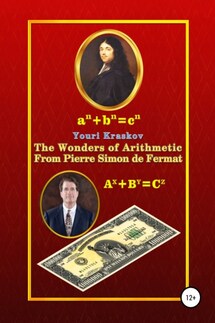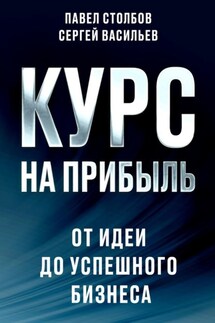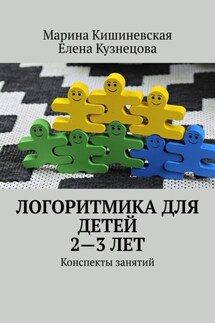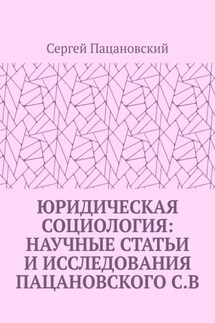The Wonders of Arithmetic from Pierre Simon de Fermat - страница 17
Pic. 7. Bachet de Méziriac
It is understandable that Pierre could not expect anything good from meeting with such an inspector, but he had no choice and was ready to put up the complete impossibility of his dream. But then of course, he could not have known that he was destined to another fate and it was to decide at that very moment. It is even difficult to imagine his amazement when an arrived inspector turned out to be the priest Marin Mersenne … a passionate lover and connoisseur of mathematics!!!
Pic. 8. Marin Mersenne
Pierre took it as the supreme wonder bestowed on him from heaven by the Almighty. And how else could this be understood since Reverend Father Mersenne managed miraculously to organize for him the possibility of correspondence with René Descartes himself as well as with other elite representatives of the French creative aristocracy what about he could not ever to dream. Pierre went through the test brilliantly when he was able to solve several problems at the request of Mersenne and in particular quickly calculate some of the so-called perfect numbers moreover, also those that were previously unknown. Hardly anyone else could to solve or at least somehow cope this task.
Historians in their studies see only pure randomness in the coincidence of interest to the numbers of Mersenne and Fermat, and Mersenne himself in their presenting is a weirdo acting on his whim. However, in real history so does not happen and there should be a more reasonable explanation of events. In this sense, it would be much more logical to believe that Mersenne was no more than a performer of some instruction from above, and since he came from church nobility, only one person could give such an instruction to him – it was no one other as Cardinal Armand-Jean du Plessis Duc de Richelieu!
Pic. 9. René Descartes
This implies the activity of the association of learned nobility created by Mersenne, could not be just his initiative, but was sanctioned by the highest authorities of that time, otherwise this activity could not be deployed or it would curtail after the death of Mersenne in 1648. However, his brainchild continued to function for a long time and successfully until the creation of the French Academy of Sciences in 1666.
As for Pierre Fermat who became a Senator, he found himself in a difficult position. His abilities were now in demand, but he could develop them only at his own expense and without the right of publication because no one has repealed the royal prescription for restricting appointments to the posts of advisers to parliaments and he had no other means to earn a living. So, for his future opponents, he will appear as a recluse who does not want to share the secrets of his scientific discoveries. Even his friend Blaise Pascal in one of his letters sincerely wondered why he did not publish his works. To this Fermat also sincerely replied, he did not at all want his name to appear in print. Well, he really could not refer to the royal directive, which does not allow any scientific activity on the position he occupies.
Pic. 10. Blaise Pascal
For Fermat everything was happened so that he had no opportunity to solve this problem otherwise as by his direct participation in the preparation of the royal decree on the creation of the French Academy of Sciences. This is indicated by his correspondence with Mersenne and Pierre de Carcavy who was involved in the preparation of this decree. Fermat received a desired noble title only after 17 years of diligent service becoming in 1648 a member of Edicts House, which met regularly in the little town of Castres near Toulouse. But this promotion only increased his workload and further limited his opportunity for science activity.






